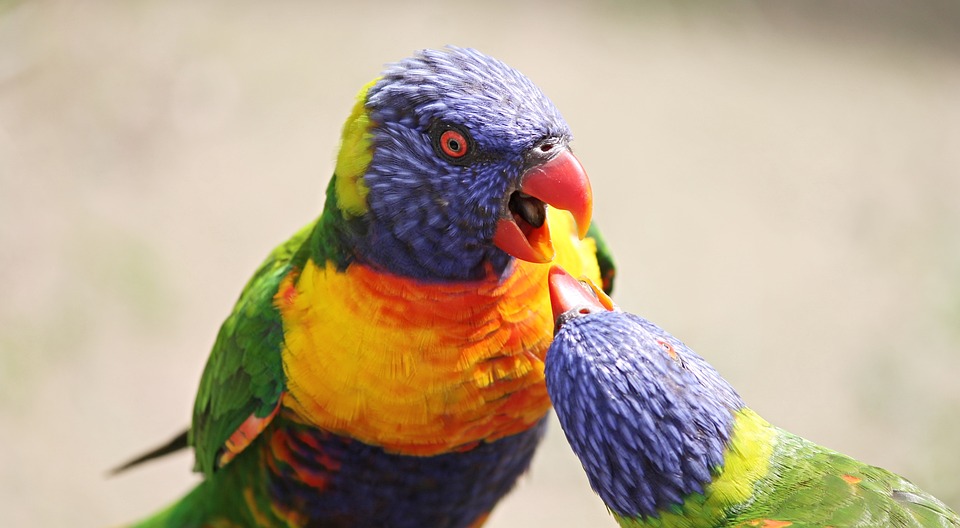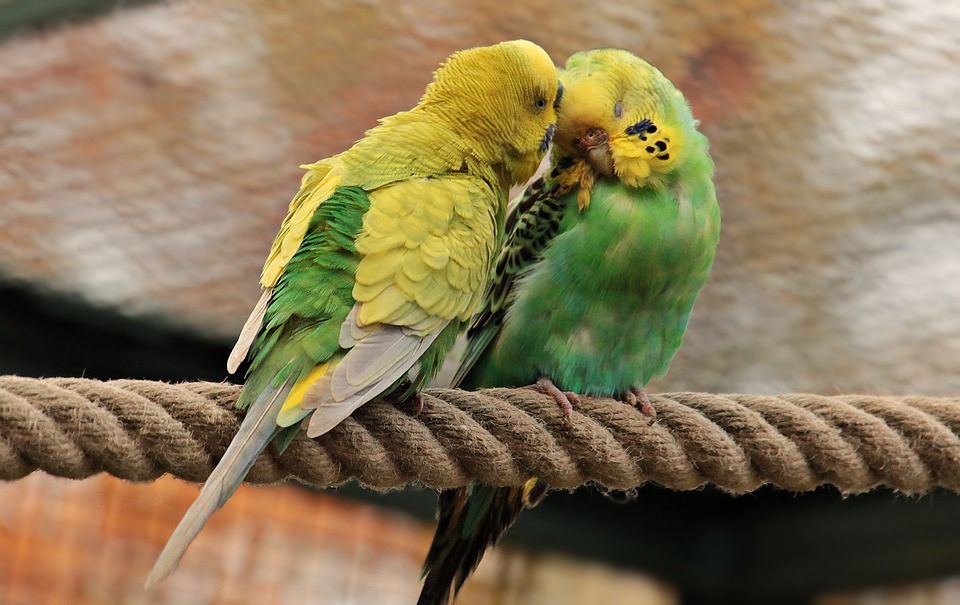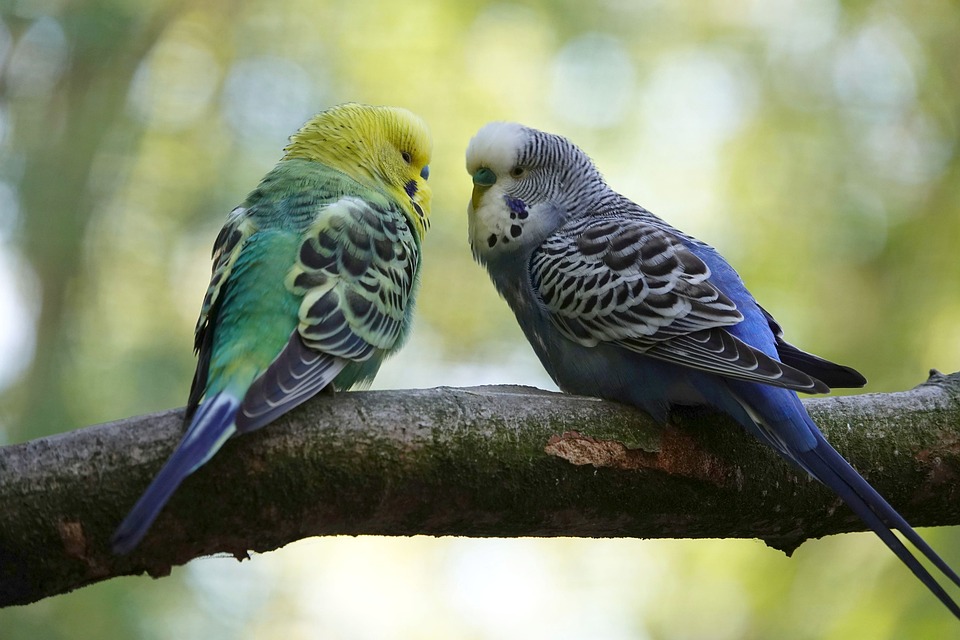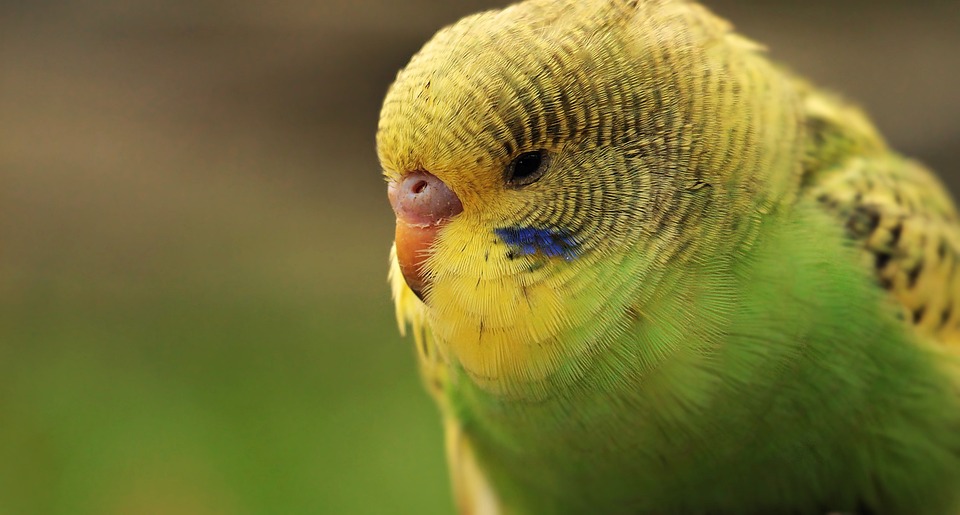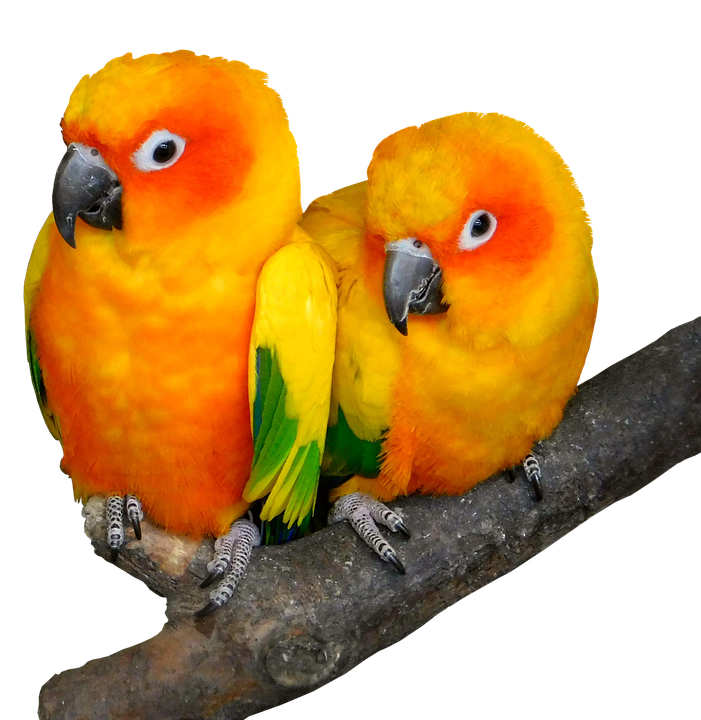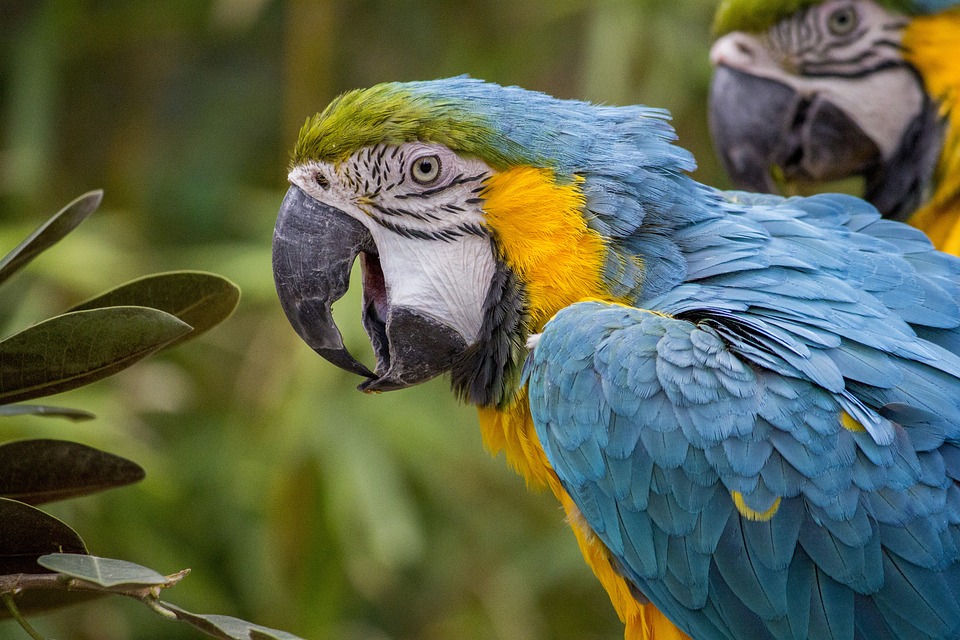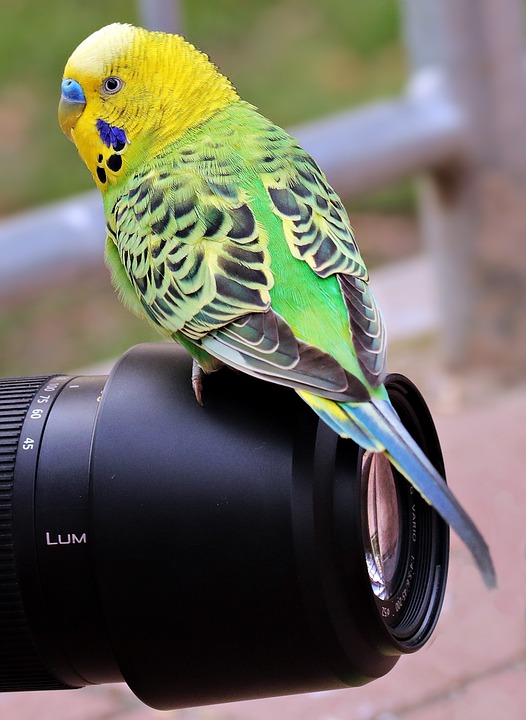Parrots are not only known for their striking colors and ability to mimic speech, but also for their intelligence and capacity to learn new tricks. Unlocking the secrets of parrot behavior and understanding how they respond to learning new tricks can provide valuable insights into their cognitive abilities and enhance the bond between parrots and their owners.
Positive reinforcement plays a crucial role in parrot training. By understanding the concept of positive reinforcement, which involves rewarding desired behaviors, parrot owners can effectively train their parrots. This method not only motivates parrots to learn but also strengthens the bond between the owner and the parrot. Effective positive reinforcement techniques may include using treats, praise, or even favorite toys as rewards.
Parrot learning styles vary, just like humans. Some parrots are visual learners and learn through observation. Owners can utilize this learning style by demonstrating the desired trick and rewarding the parrot when they imitate the behavior. Auditory learners respond well to vocal cues. Using specific words or sounds consistently can help these parrots understand and perform tricks. Tactile learners, on the other hand, learn best through hands-on techniques. Owners can incorporate physical touch and manipulation to train these kinesthetic parrots.
Training parrots to perform tricks requires a step-by-step approach. Setting realistic goals for the parrot’s training journey is essential. Starting with basic commands and gradually introducing new tricks, while building upon previous learning, ensures a strong foundation. Consistency and patience are key during the training process.
Like any learning experience, there may be roadblocks along the way. Parrots, like humans, have different learning paces. Patience is crucial when training a parrot, as not all parrots will learn at the same speed. Addressing fear and anxiety is important, as some parrots may be hesitant or afraid during training sessions. Techniques such as desensitization and counter-conditioning can help parrots overcome these obstacles. Dealing with stubbornness also requires strategies to encourage cooperation, such as breaking down the trick into smaller, manageable steps.
Enrichment is vital for parrot behavior and learning. Providing mental stimulation through interactive toys and puzzles promotes cognitive development and prevents boredom. Training sessions themselves can be a form of enrichment, as they provide mental and physical exercise for parrots. Building a strong bond with the parrot through training and enrichment activities fosters trust and enhances the overall relationship.
Frequently asked questions about parrot training cover essential supplies needed for training, the time it takes for a parrot to learn a new trick, whether older parrots can still learn, tricks that are easier for parrots to learn, dealing with aggression during training, and preventing boredom during sessions. Addressing these questions provides practical guidance for parrot owners seeking to train their feathered companions.
In conclusion, unlocking the secrets of parrot behavior and training can lead to a fulfilling and rewarding experience for both parrot owners and their feathered friends. By understanding the importance of positive reinforcement, tailoring training approaches to match the parrot’s learning style, and overcoming challenges with patience and enrichment, parrot owners can establish a strong bond with their parrots and witness their skills soar to new heights. So, embrace the journey of training and witness the wonders of parrot intelligence and learning abilities.

